The professional driver. Across from our appartment there is a volkswagen parked. Everyday in the morning the man tries to start the car and thereby start his day. But it is not easy. Quite often the car does not want move at all... We have seen the man and his car in several garages nearby, to have it examend by mechanics... Untill the problem is solved, he installed this solution in the front. He will always get home like this...
Real slowly many areas in Lima get to a level where the development feels finished. It is organised and everthing has found it's place. The roads are paved and the houses nicely finished even in bright colours. Sometimes you can see behind the facades. This is a wall that looks very acceptable for the neigbourhood. Behind the wall there is a building in it's first stages, though. No stucco, no colour just concrete, bricks and mortar. it is a memory of how things get started. In front of this property a nice Volkswagen Beetle which is slowly disappearing from the streets. They used to be everwhere but now people can affort to have new cars.
One of our early workshops was a succes. The group continued working on publicspace and ideas to make it ours....
The collective is called Cebra and has a focus on pedestrian crossings, to produce more imagination in the streets of Lima.
on the photo (from the left): Jose, Claudia, K&B, Claudio and Issy.
In the morning it is a good time to go in the slums. It is the time of day that people are busy with things and banditos are still sleeping. Women work and take care of the kids, so usally it is quiet... Only there are dogs and they can be fierce and hard to get past. They are the insurance of the home-owners. You do not see many farm animals. On our walks we have run into this black pig, though.
This is an image of a streetartist with panflutes and other shaped flutes. He is the first one we noticed to play the panflute. All other peruvian Panflute bands are in Europe so here is a vacuum. This man plays with an amplifier, feels like elevator music... At this particular moment a man from the street takes him by the arm while playing music and takes a photo with his own cellphone. the man about to pass in the background is carying a large cactus on his shoulder wrapped in newspapers.
All around Lima you' ll find people in the street that can fix anything. This man is a micro electronic specialist. He completely dis-assembles a camera, a cellphone, DvD player or any electronic devise... In the street with the noise and pollution of the traffic and with the blasting sun it is a real challenge to work on the square millimetre.
In a central street downtown there are many people selling things from different parts of the country. This woman has delicious pomegranate and another exotic fruit from the jungle called Mamey. It is brown from the outside and orange inside. She cleans it ans sells it for around 4 soles (1.30 euro). It is the high end of fruits.
(note about the name Mamey, in slang you say 'Give me a good Mamey' meaning a blowjob.)
Another Limanean phenomena we have been observing is shown in this image. Sometimes the municipality start to check on the licens of shops. Do they live up to the rules, is it safe and proper? Apparently there is a way out... We see a lot of shops hiding their logo. This is a demonstration of the Peruvian attitude. The name is covered but the business is continuing...
We took a guided tour that focuses on spatial problems and critical situations in and around the city centre. The guide is a architectural historian with a great knowledge about Lima and social issues. This is a public hallway leading into a coutyard of a communal house. Very old and badly maintained. The residents live here for free because they have occupied the building. One woman is in her seventies. The details of the space and architecture are amazing. We found this big piece of granite next to a little chappel. These rocks (name: Wakka) were holy spirits to the native people in Peru. What do they represent today, we ask. Our guide says: ' A long time ago the rocks stopped talking to us...'.
We have been looking into how citizens make use of the public space. This is an image taken on a sunday at the riverbank of Rimac river downtown Lima. Because of the sun the space in the shadow is very precious. Here we see a police officer, a soldier and a straydog. In the back couples sitting in between palmtrees.
Guide Michael shows us the history on land invasions of a specific area. This is the first museum (Crea Lima) to have documentation on display and give reflection on this Limanean phenomena of invasions. The term used for squatting the land like an occupation and by organising the group, collectivly apply for landtitles (from user to owner). The proces from informal to formal acceptance by the city and authorities. This area now houses over a million people.
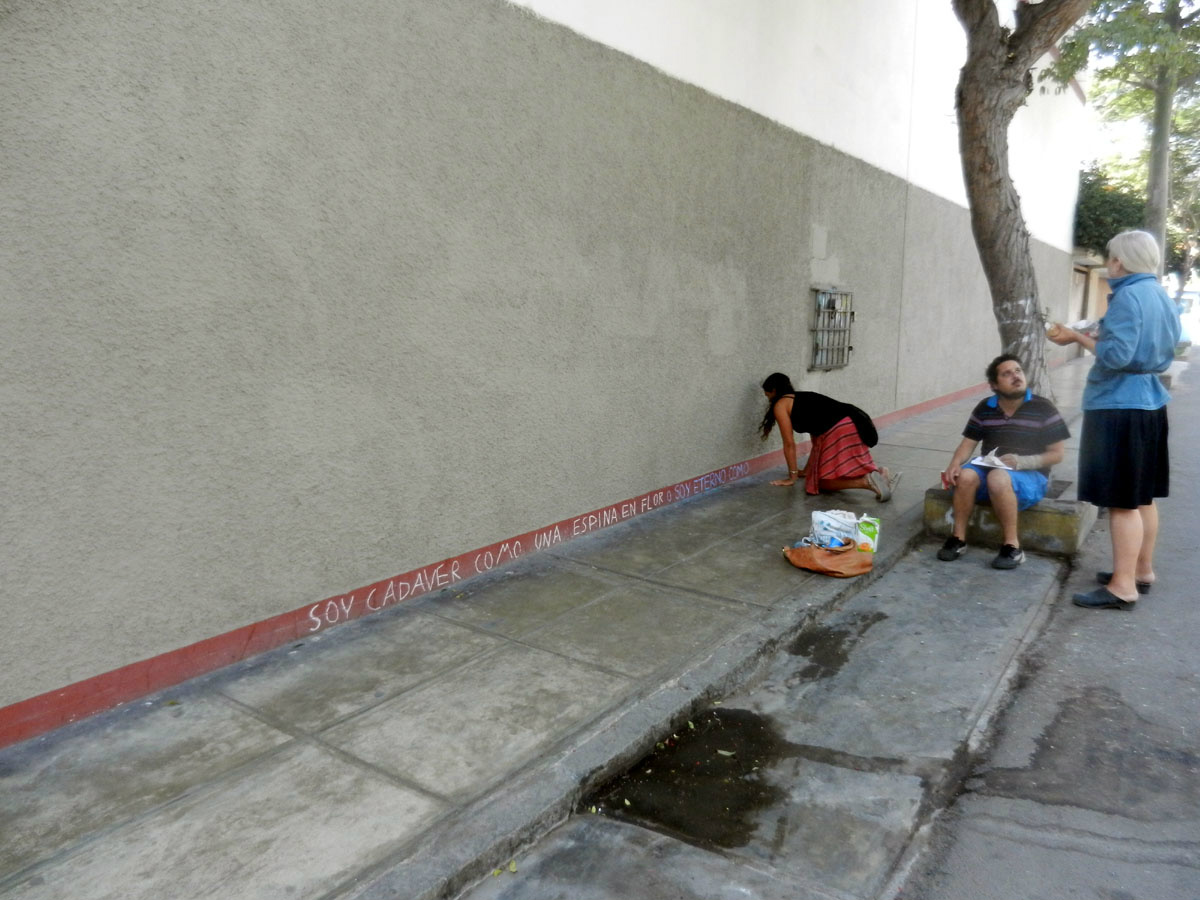
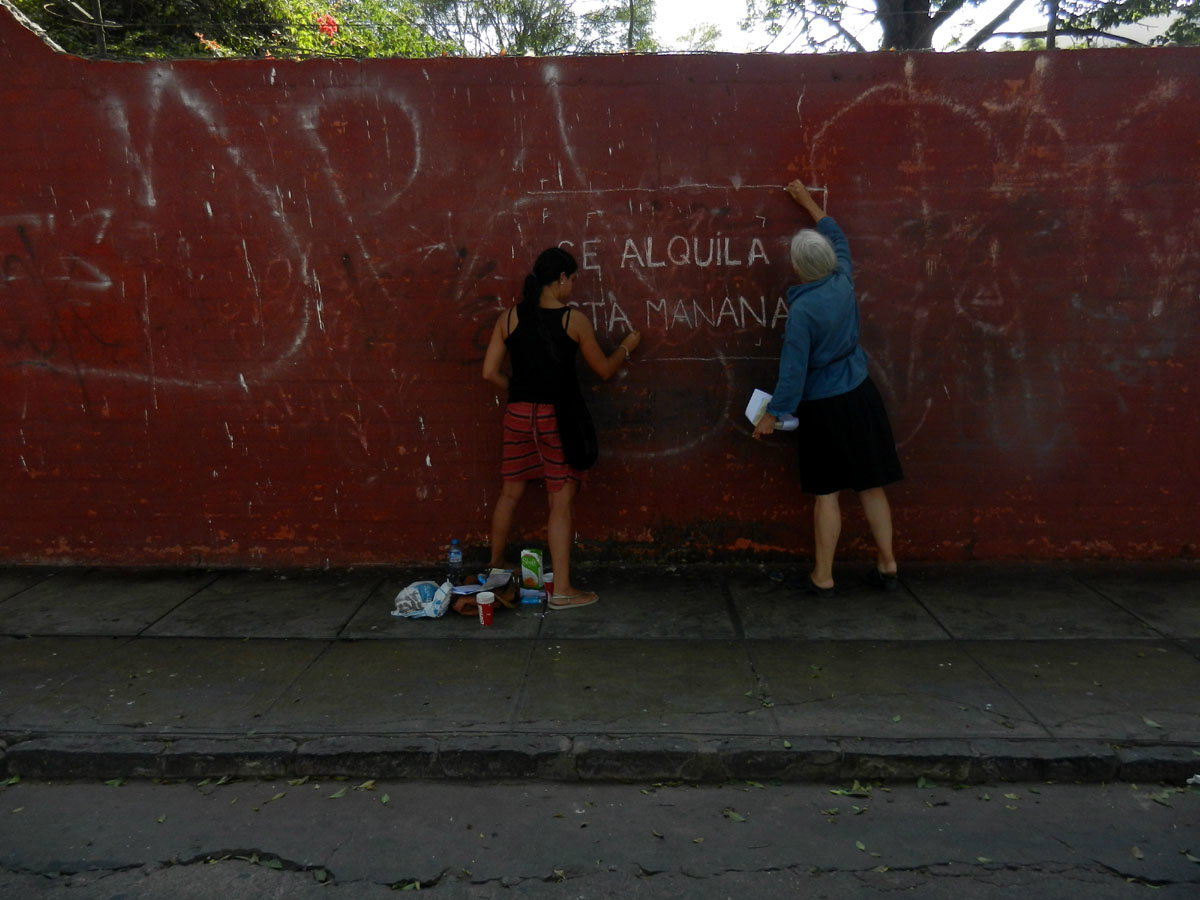
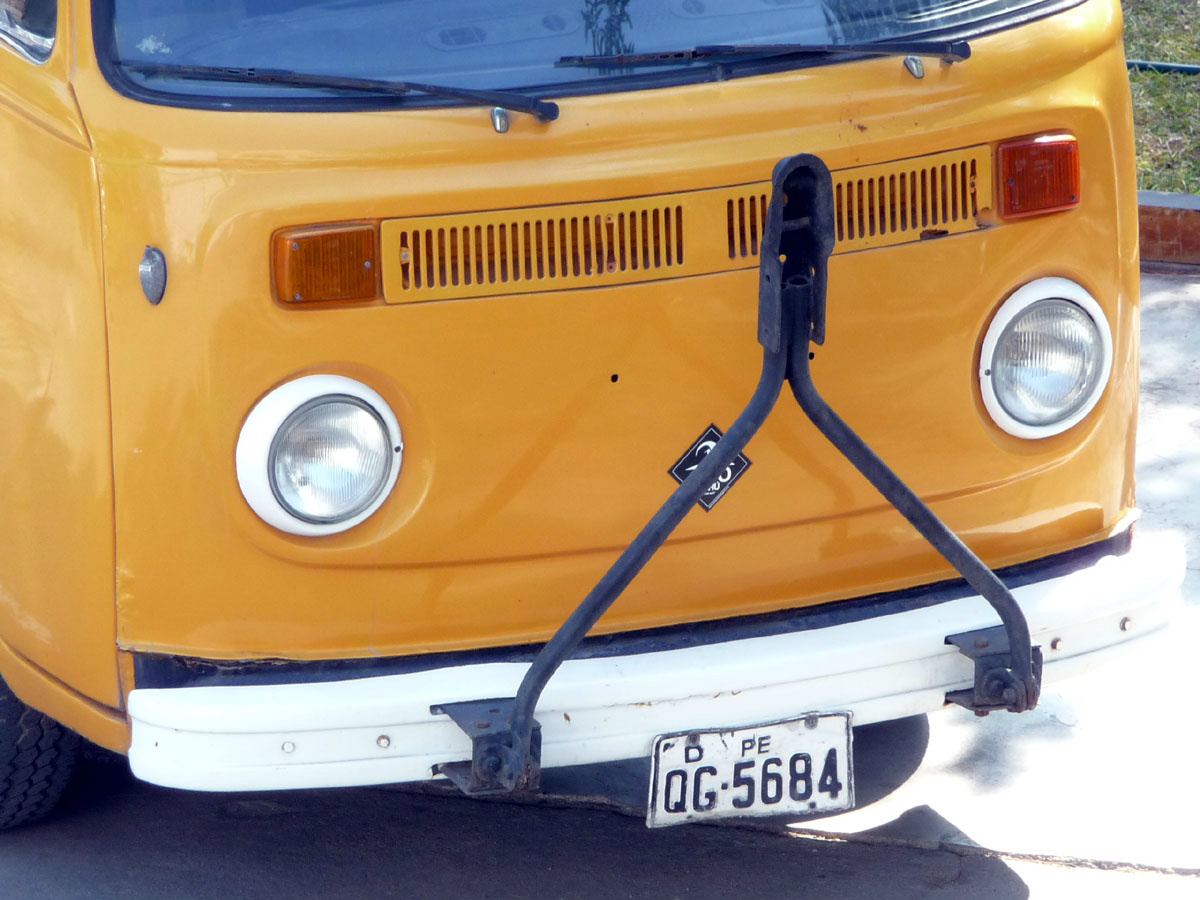
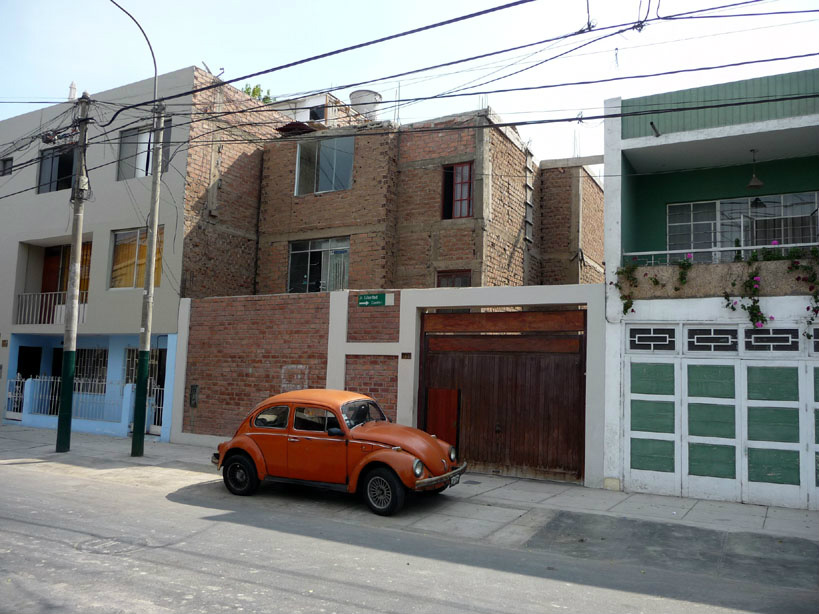
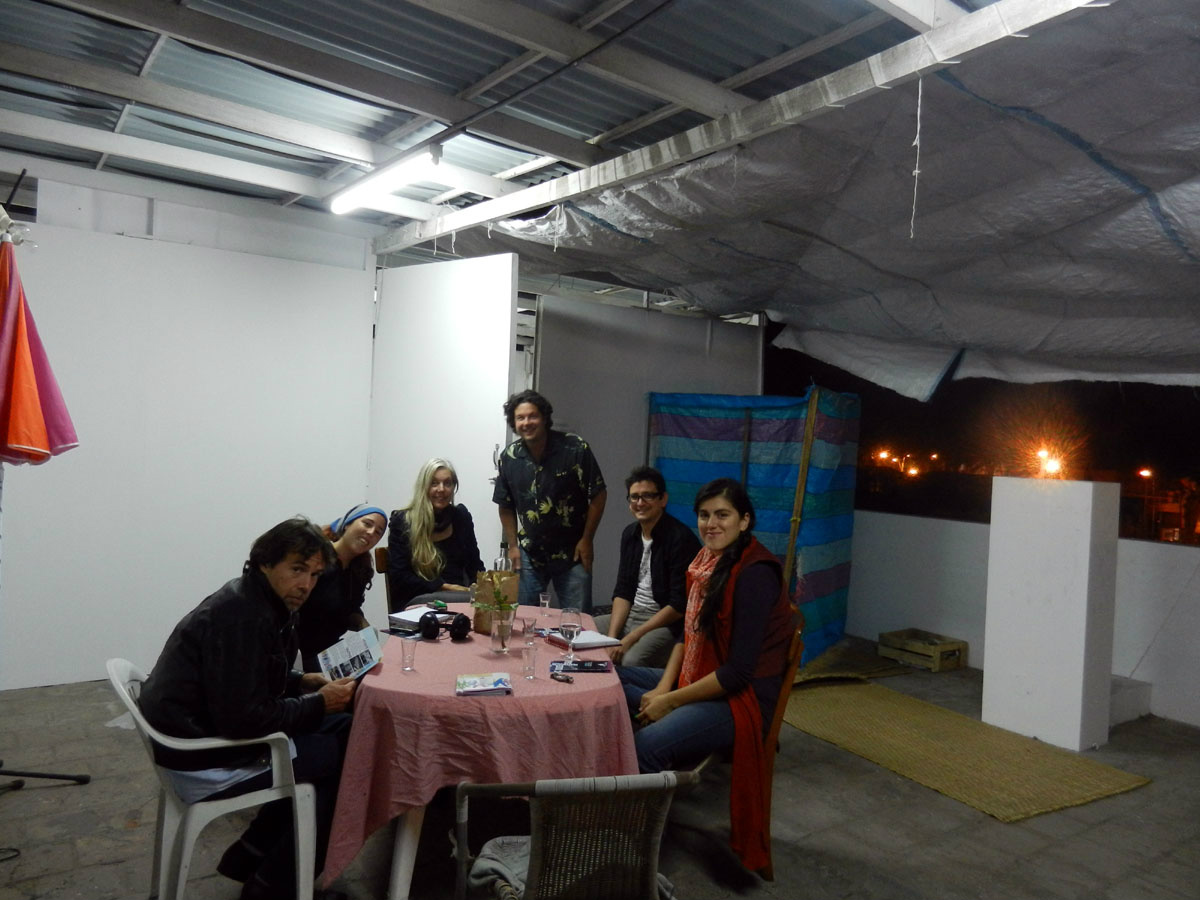
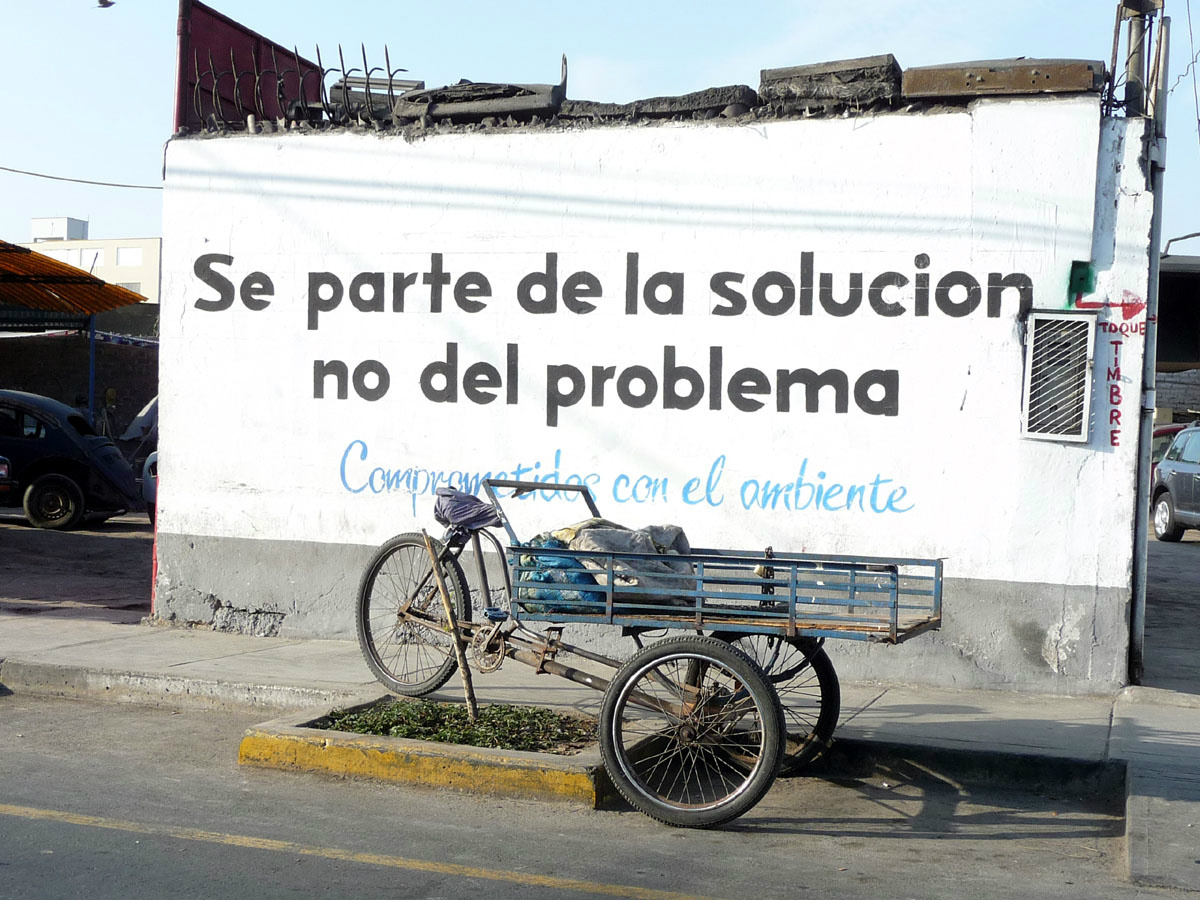
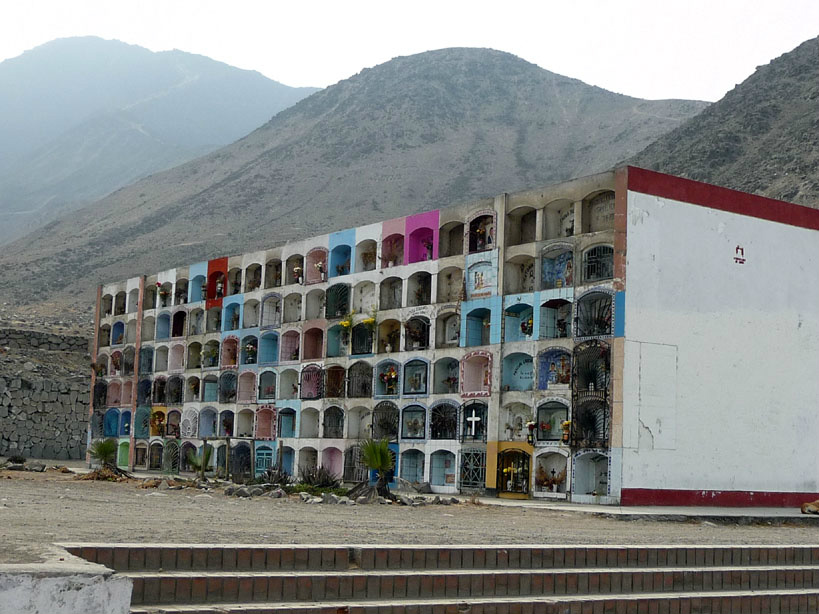
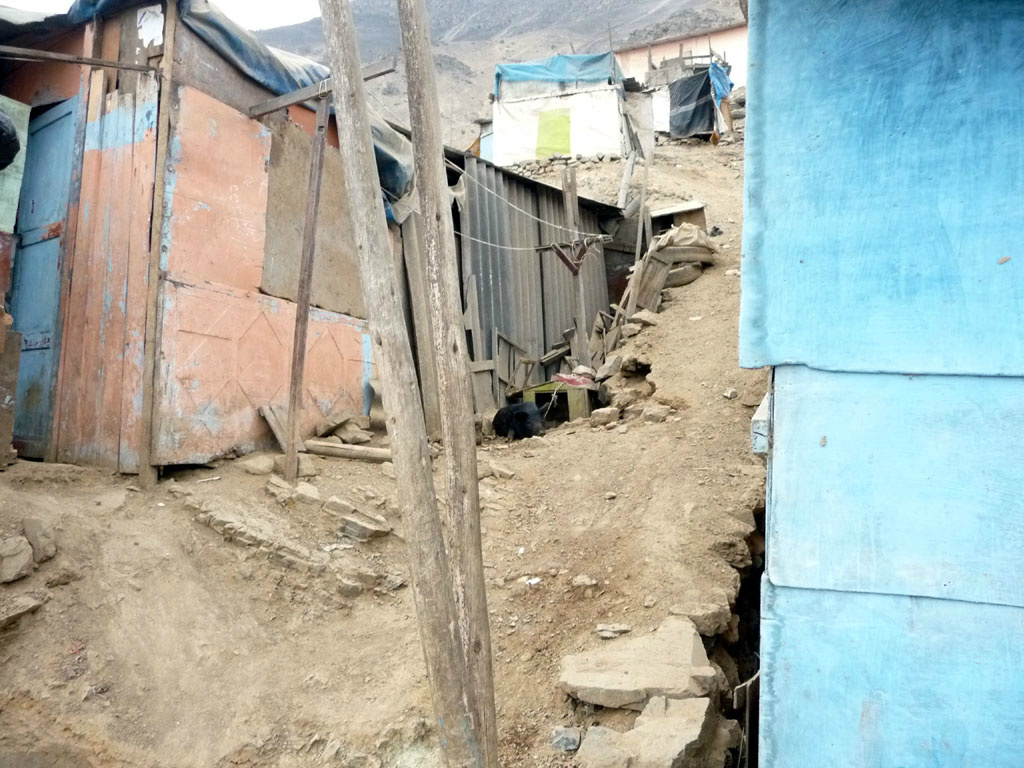
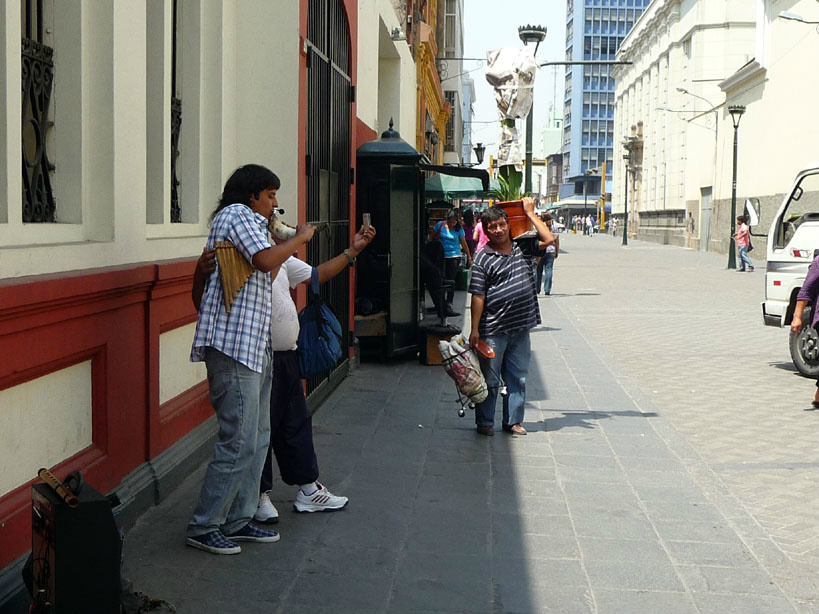
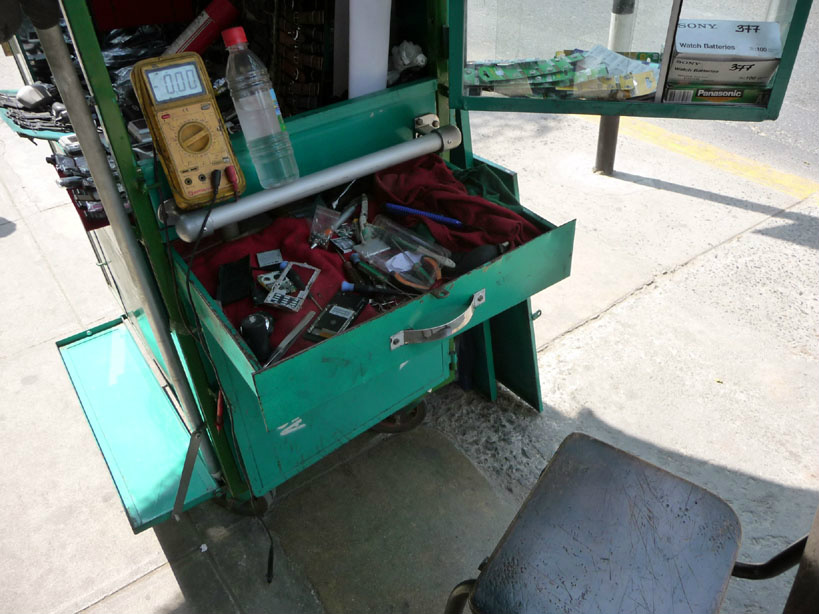
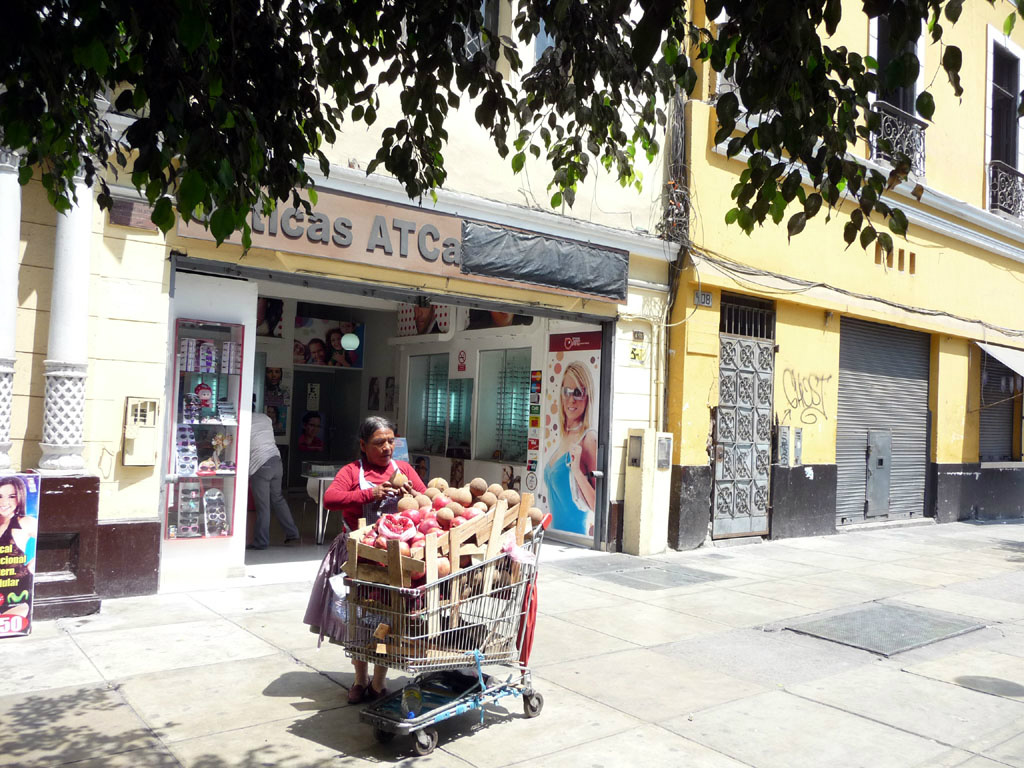
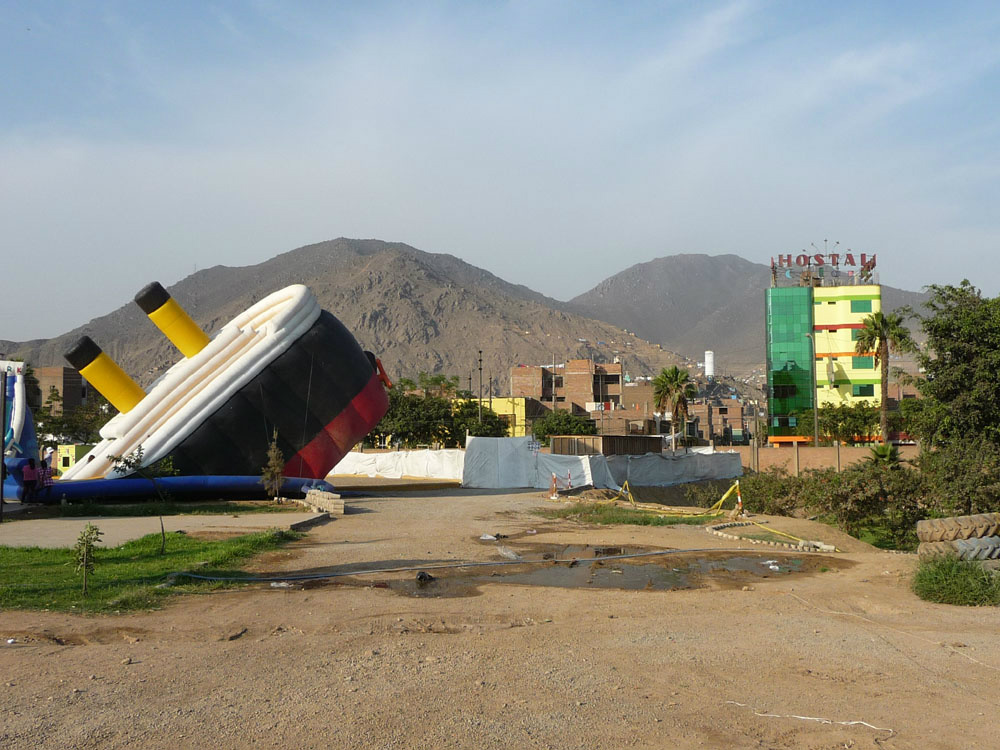
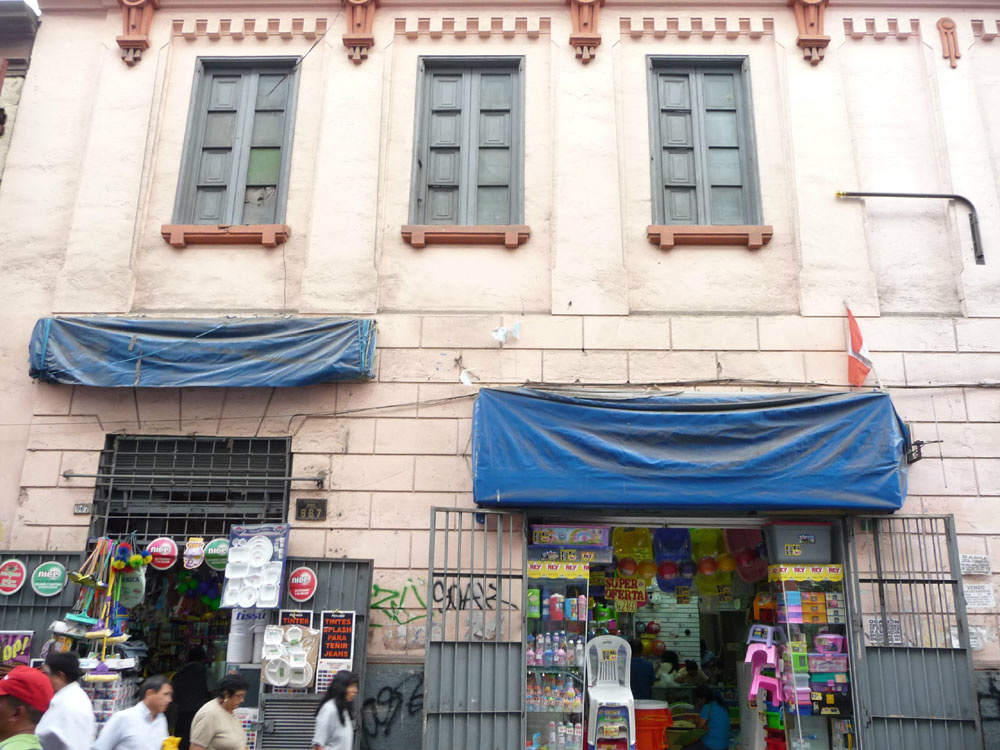
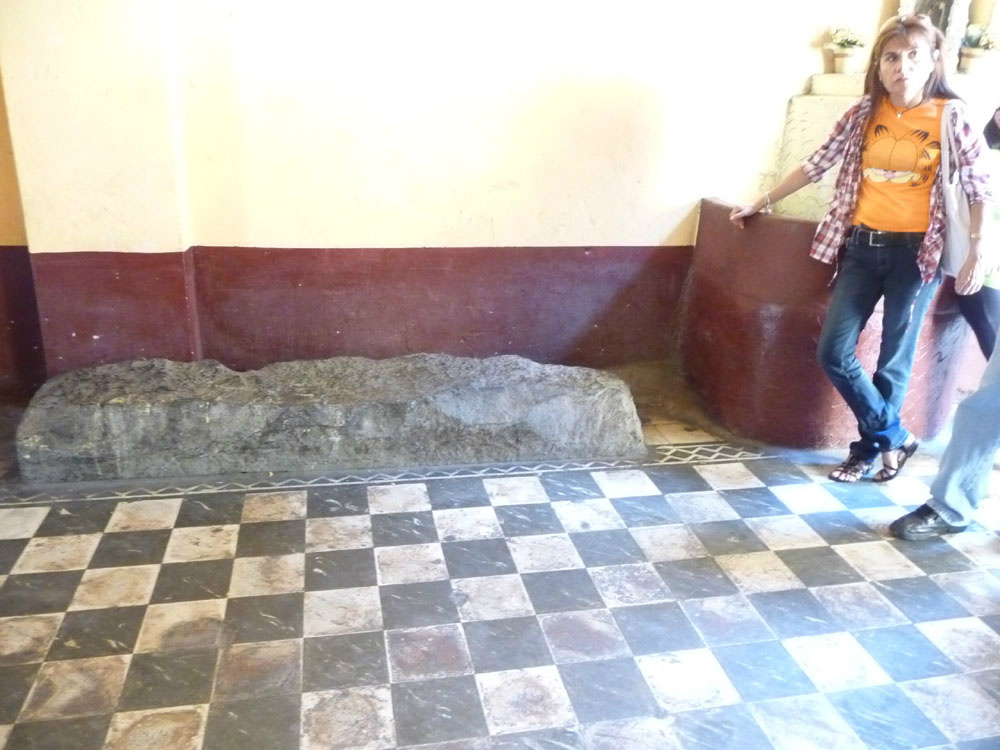
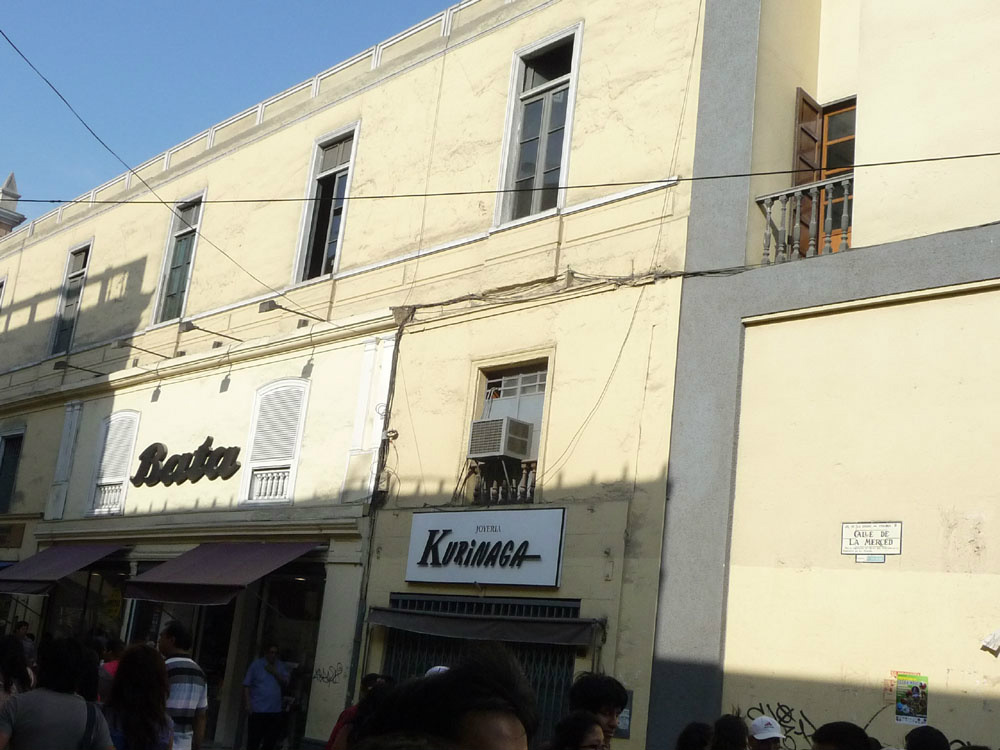
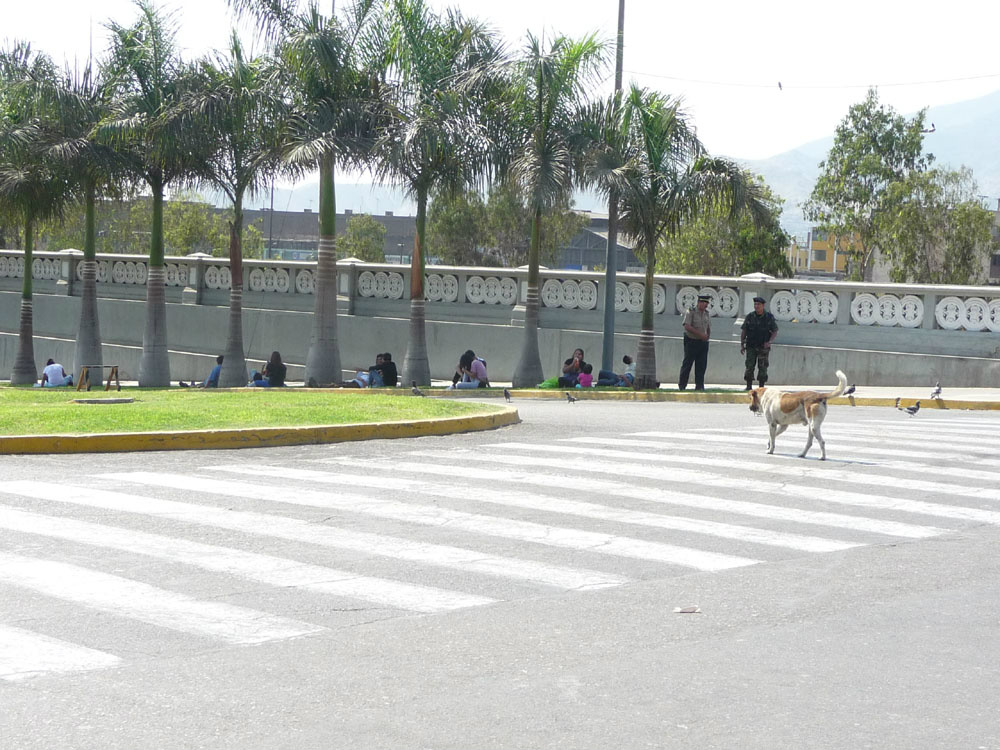
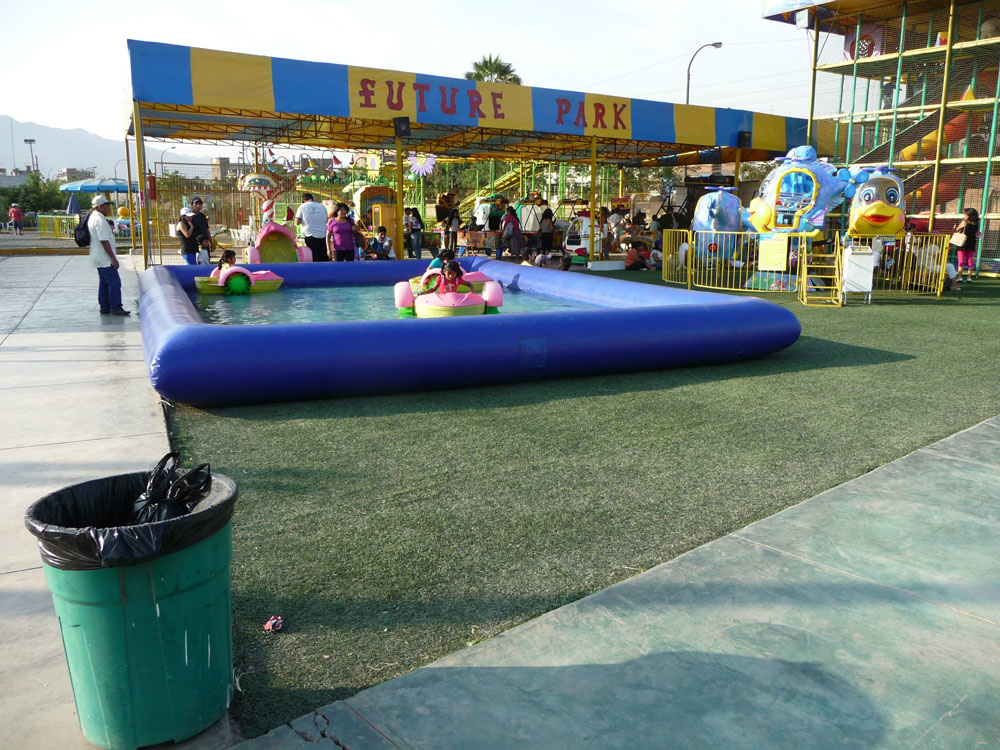
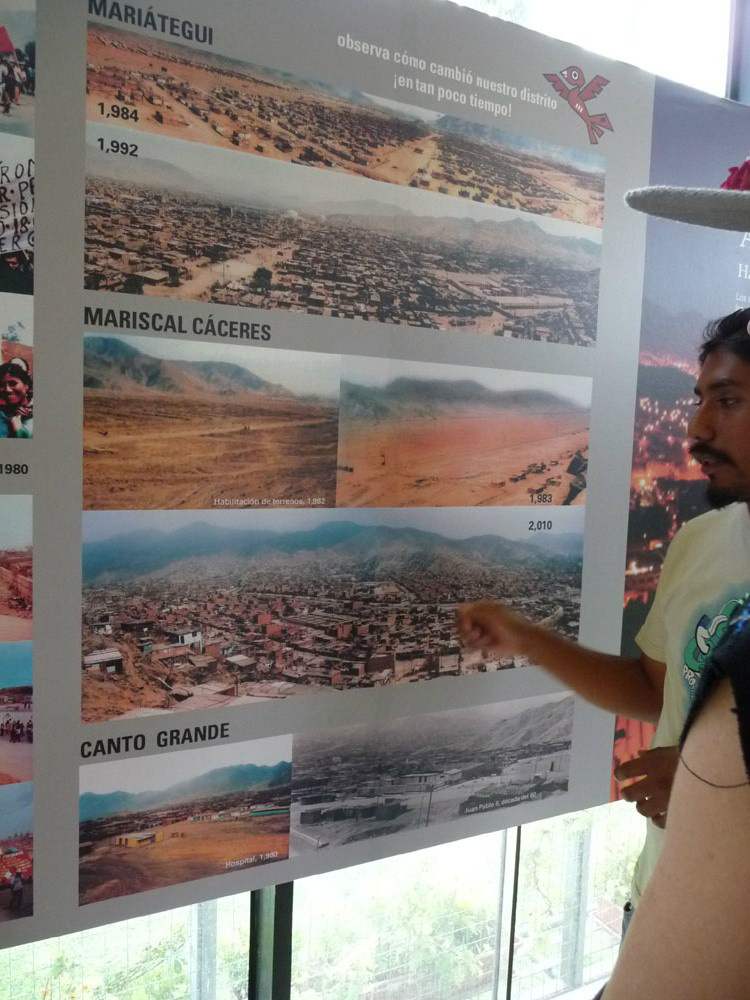
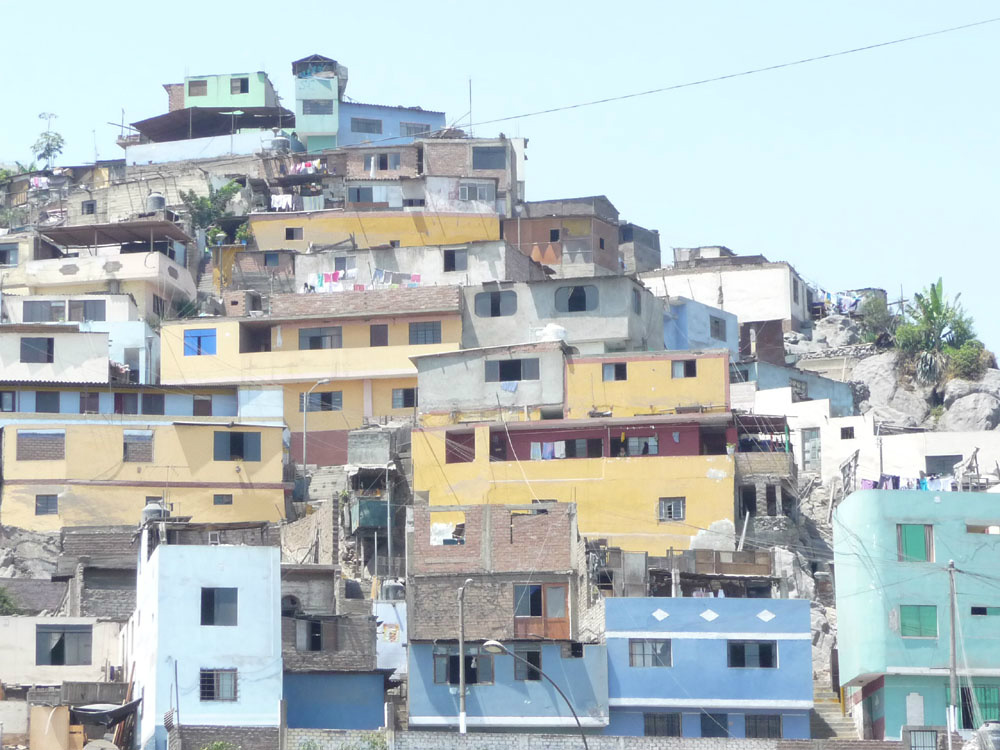
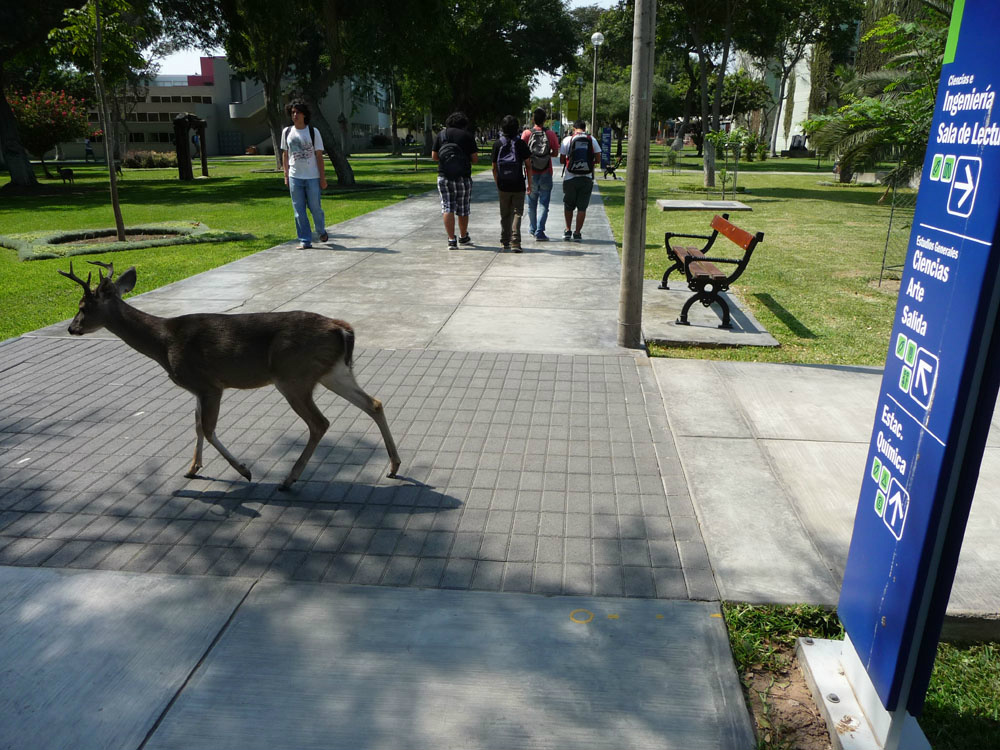
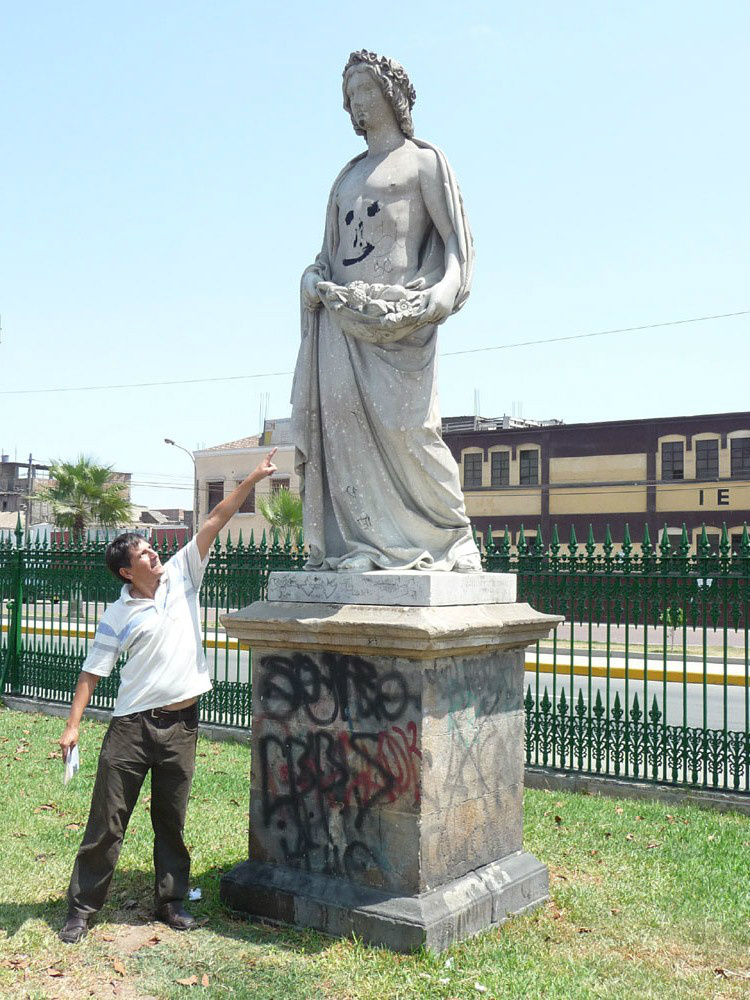
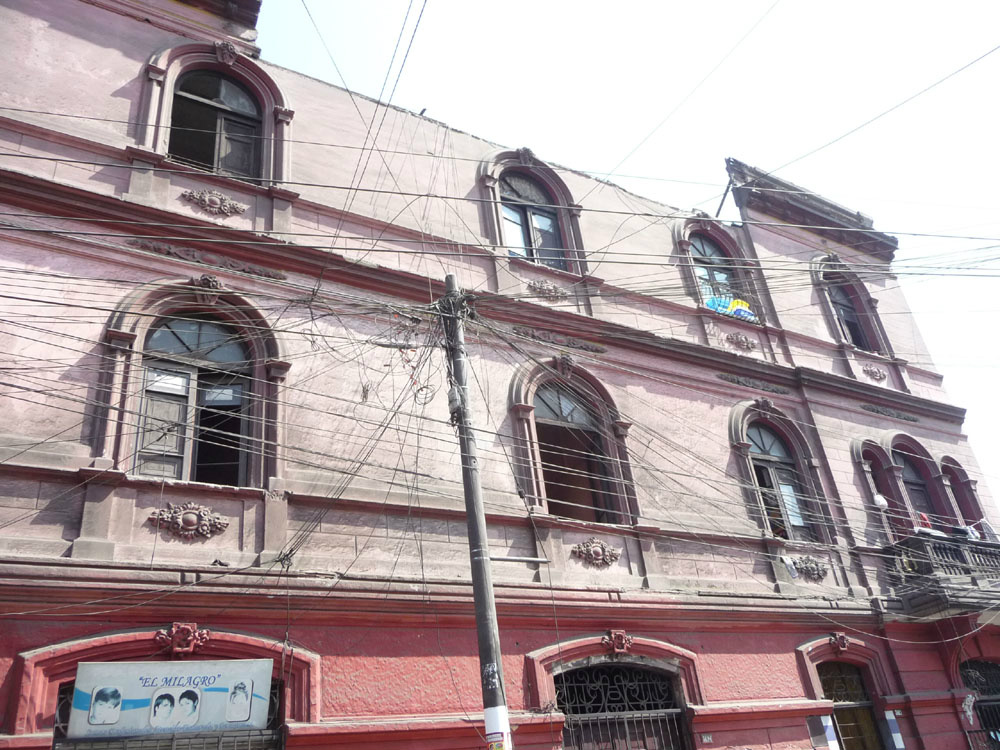
evelien de jong
A micro electronic specialist!!! That's what Amsterdam needs, i lof it.